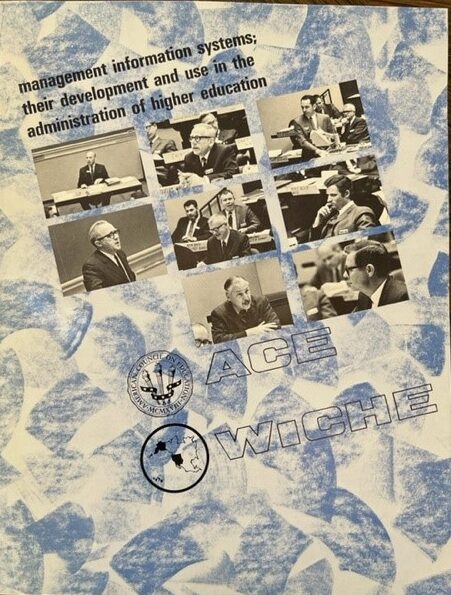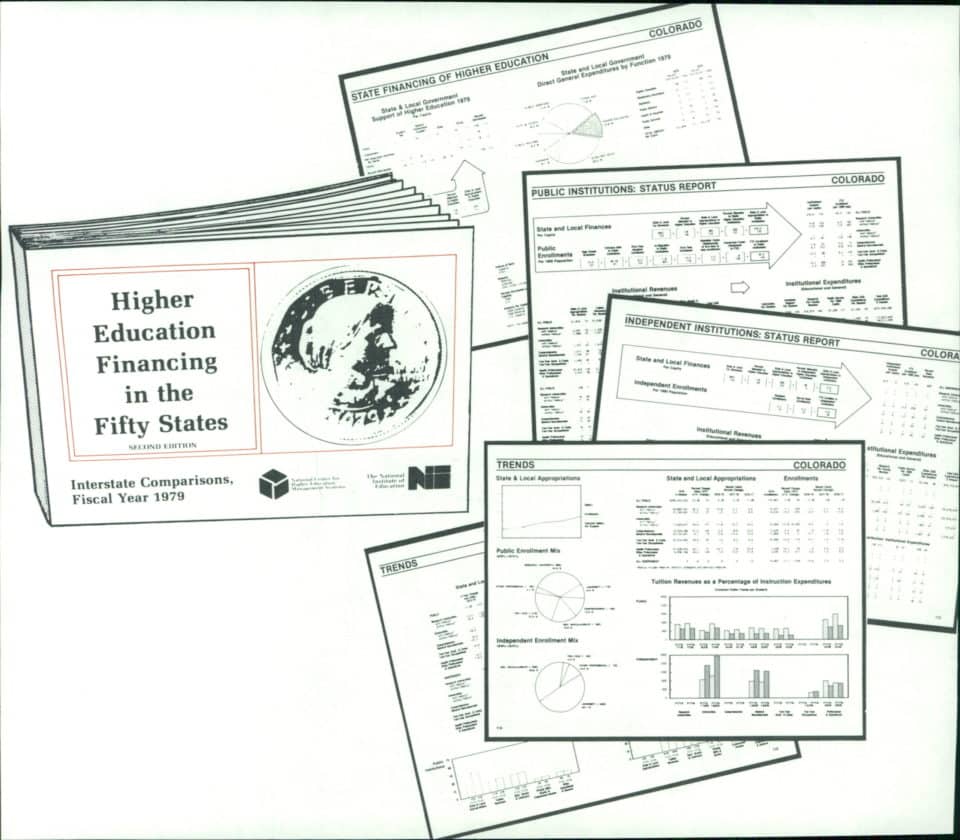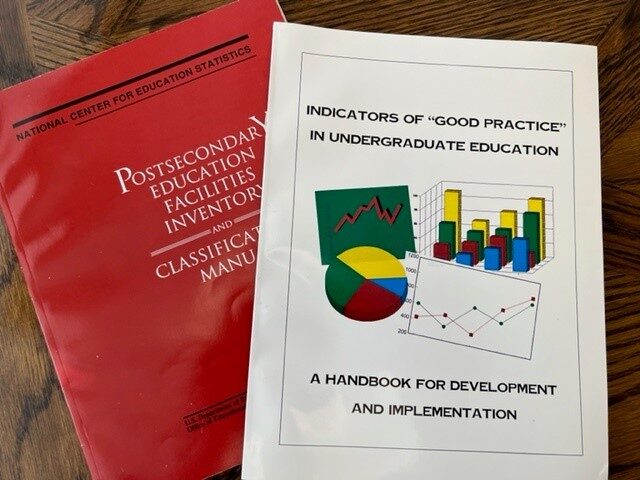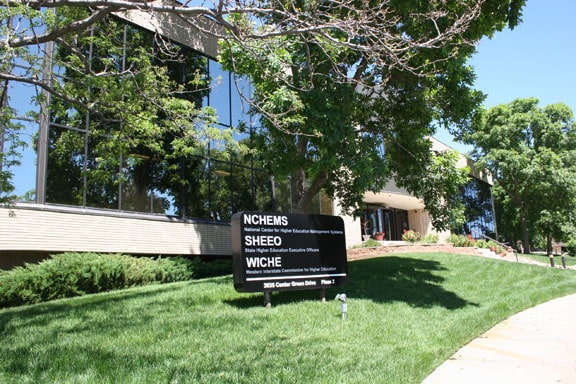As states, higher education institutions, and their quality assurance agencies continue to be challenged by changing demographics, uncertain finances, a fraught political environment, new student interest and new forms of learning, and even major disruptions like the COVID-19 pandemic, NCHEMS is called on to use information to guide strategic planning, new finance models, accrediting choices, plus academic and workforce needs. NCHEMS is also helping institutions examine their options using quantitative and qualitative data to assure greater student success and the elimination of gaps in opportunity and success for all students.
NCHEMS continued to receive philanthropic grants in the 2020s. NCHEMS served as the implementation partner on Data for the American Dream (D4AD) project, supported with funding from Schmidt Futures, the Walton Family Foundation, the Walmart Foundation, and Lumina Foundation. D4AD brought together three states selected to work as a cohort to use workforce and development outcomes data to provide actionable information for students.
In 2023, NCHEMS received a grant from the National Science Foundation for FSS to produce tools drawn on lessons that emerged from its research, specifically to reduce gaps in graduation rates among Hispanic students in STEM programs, specifically self-assessments for institutional leaders to identify areas of focus for campus cultural transformation.
From 2022 on NCHEMS has undergone several staff and leadership changes, along with welcoming new board members. In 2022, Brian Prescott was appointed President of NCHEMS, and in 2023, Sarah Pingel was hired as Vice President. Under a new president and vice president, NCHEMS has grown its project portfolio and strengthened its position in the field, especially related to state funding approaches, governance and organization of public higher education structures and challenges facing rural students, communities, and institutions.
The evolving demographic, financial, and competitive climate strains higher education in challenging and unfamiliar ways, and NCHEMS remains a go-to source for states, systems, coordinating bodies, and institutions to seek counsel and practical solutions. NCHEMS’ projects during the past decade have increasingly addressed topics such as strategic plans; structures, governance, and organization of postsecondary education; innovation; and funding, in particular, NCHEMS’ involvement in projects has helped shape new structures in Oregon, Pennsylvania, Utah, Vermont, and several other states in ways that are designed to position public systems and institutions to evolve in ways that continue to meet state, regional, and student needs.
With respect to higher education finance, NCHEMS produced a framework for Institutional Funding Adequacy as a resource for institutional and state policy leaders. This framework aims to guide state allocation decisions to support informed discussions about higher education funding policies designed to ensure institutions are able to serve their missions effectively, taking into account the different types of students they enroll and the programs they offer. Institutions need foundational support; the framework considers institutional costs needed for asset maintenance, program delivery, and innovation, offering policymakers tools to balance state funding with student payments, and was applied in Missouri and Virginia to align funding with strategic educational goals.
Starting in 2023, NCHEMS received a multiyear grant from the Ascendium Education Group for their work Serving Rural America through Land-Grant Colleges & Universities: Unlocking the Workforce Development Potential of Extension Services. In this project, NCHEMS will develop and pilot a reimagined, contemporary vision to increase impact for the Cooperative Extension Systems. The goal of this work will be to balance state priorities with local workforce needs and rural students’ aspirations through updating the framework for LGU Extension programs.
NCHEMS continues to be a trusted, reliable partner, providing conceptual-based knowledge and insight through consulting and technical assistance efforts so that states, systems, and institutions have the data and information needed to make informed decisions within a rapidly changing landscape, while remaining true to our mission and purpose: To Create Opportunities for All People to Prosper.
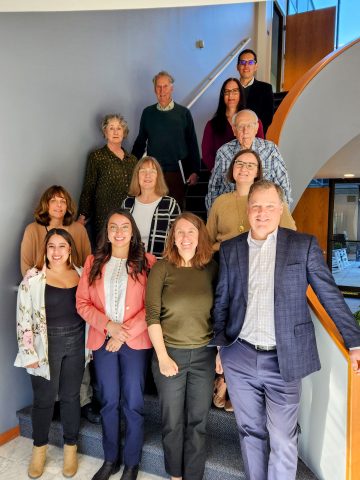
NCHEMS staff from February 2024 Board Meeting.


